
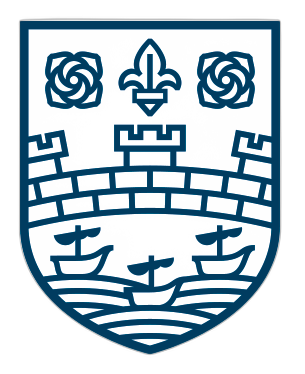
Young prodigy Turing, after excelling at private school, started studying mathematics at Cambridge in 1931. His 1936 paper, using the groundbreaking Turing machine concept, launched his Ph.D. and cemented his place as a computer science pioneer.
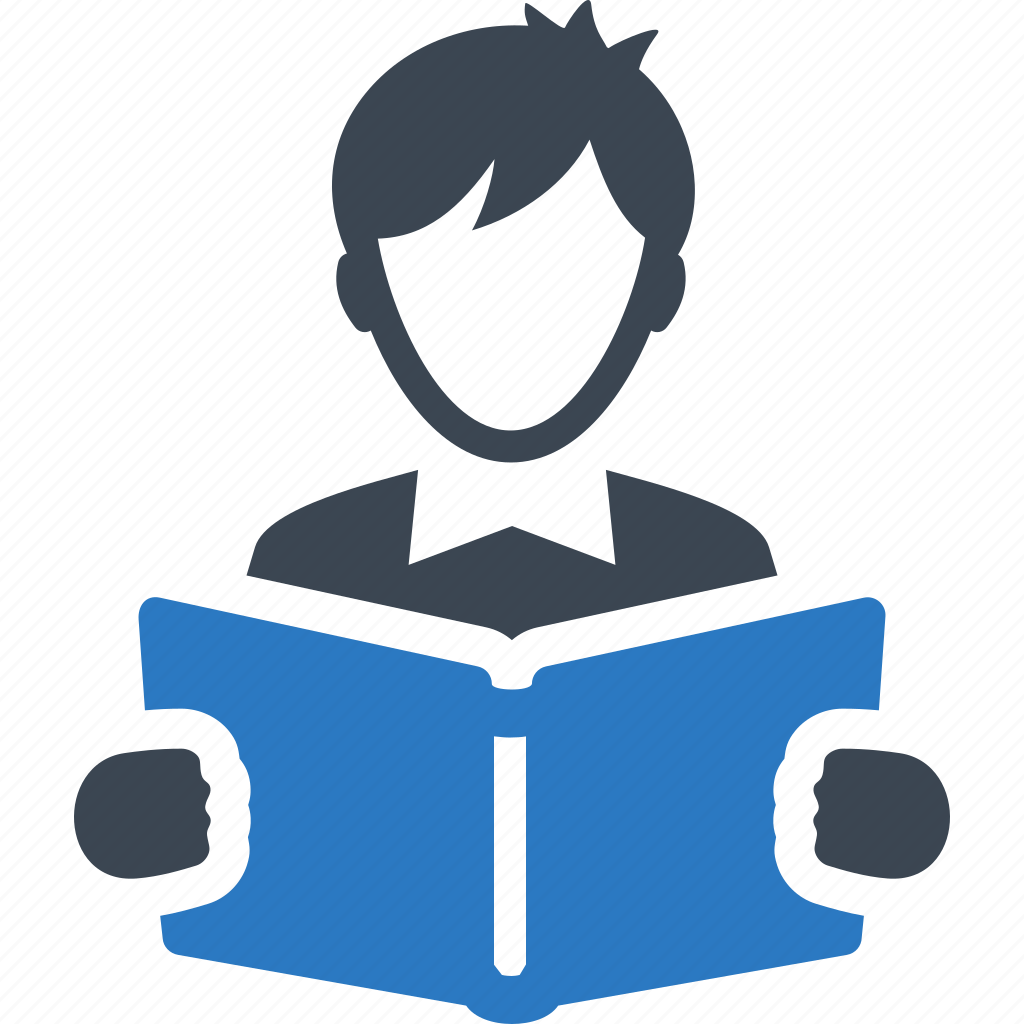
Turing and Church, independently, proposed what's now known as the Church-Turing thesis: any problem solvable by humans can be solved by a specific type of theoretical computer (Turing machine). This thesis defines the limits of human computation and was proven equivalent by both using different methods. Importantly, Church acknowledged the clarity of Turing's approach based on machines for defining computability.
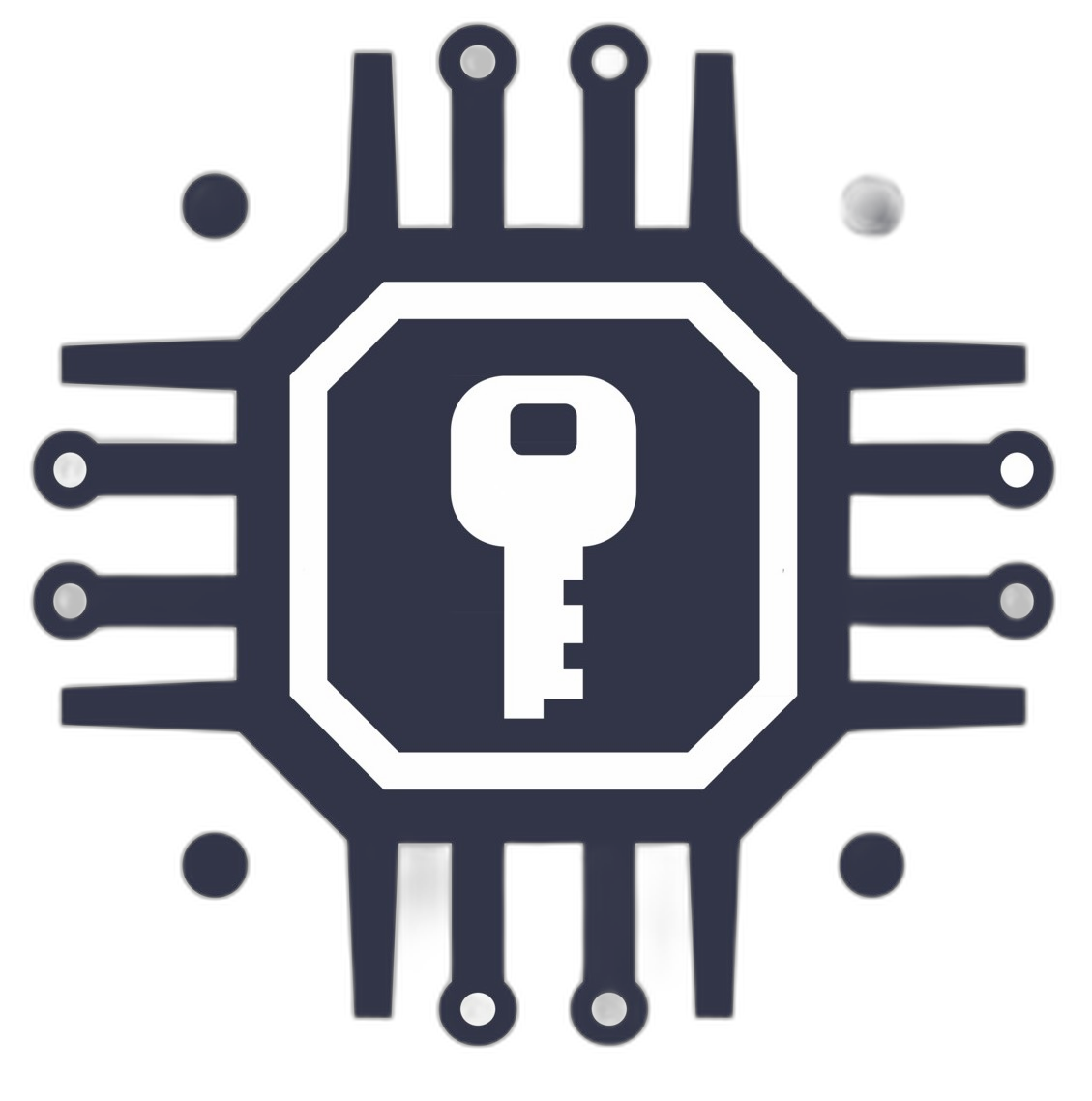
In 1939, before war with Germany, Turing joined the codebreakers at Bletchley Park. Building on Polish work, he and his team created the Bombe machine, which cracked the German Enigma code, providing vital intelligence throughout the war. Turing went on to decipher other codes, earning recognition for his contributions.
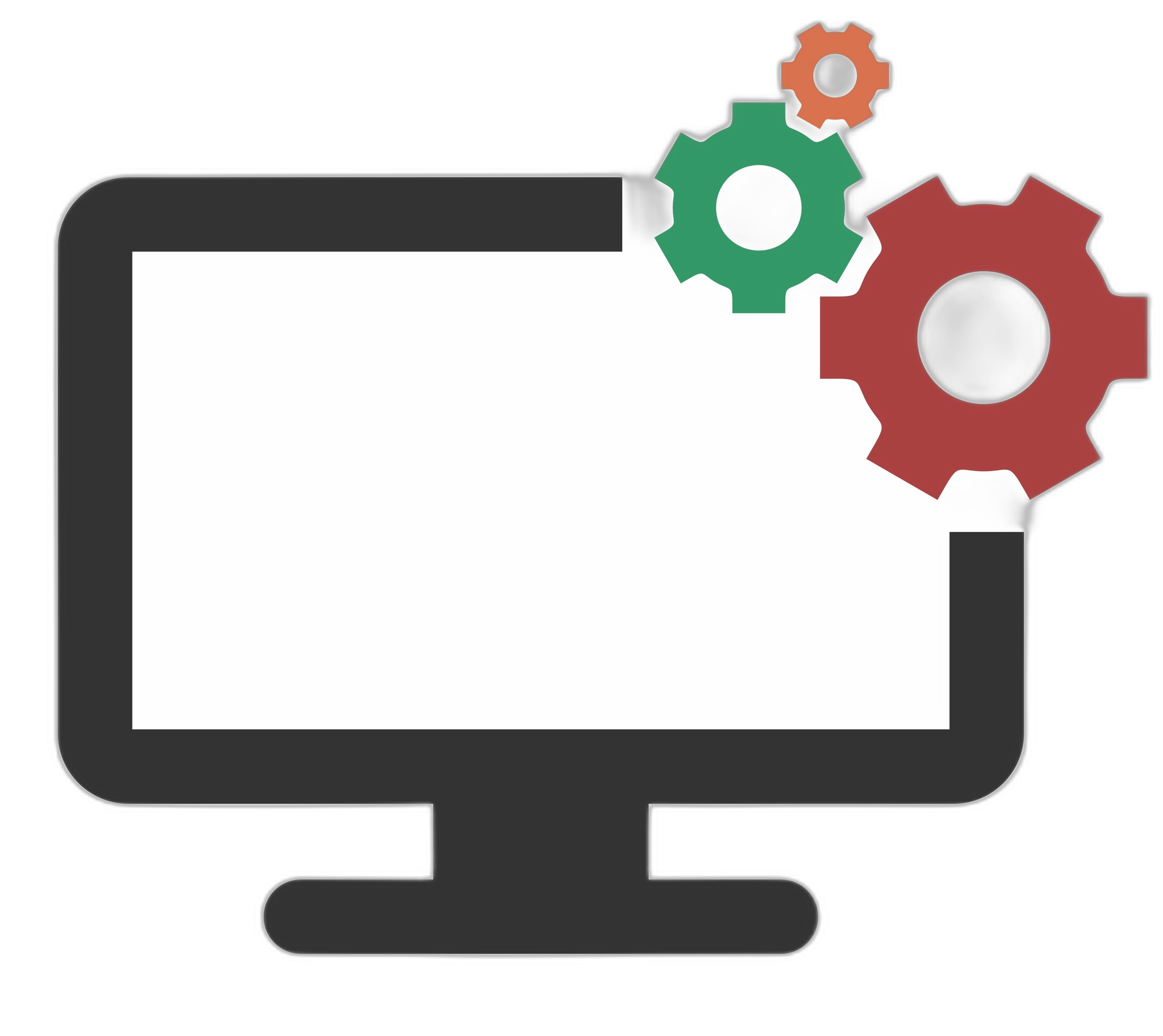
After the war, Turing designed the ACE, a powerful electronic computer. NPL opted for a smaller version, delaying its completion. Turing later joined the Manchester computer project, where he helped develop input/output, programming systems, and wrote the first-ever programming manual, influencing the development of the first commercially available computer.
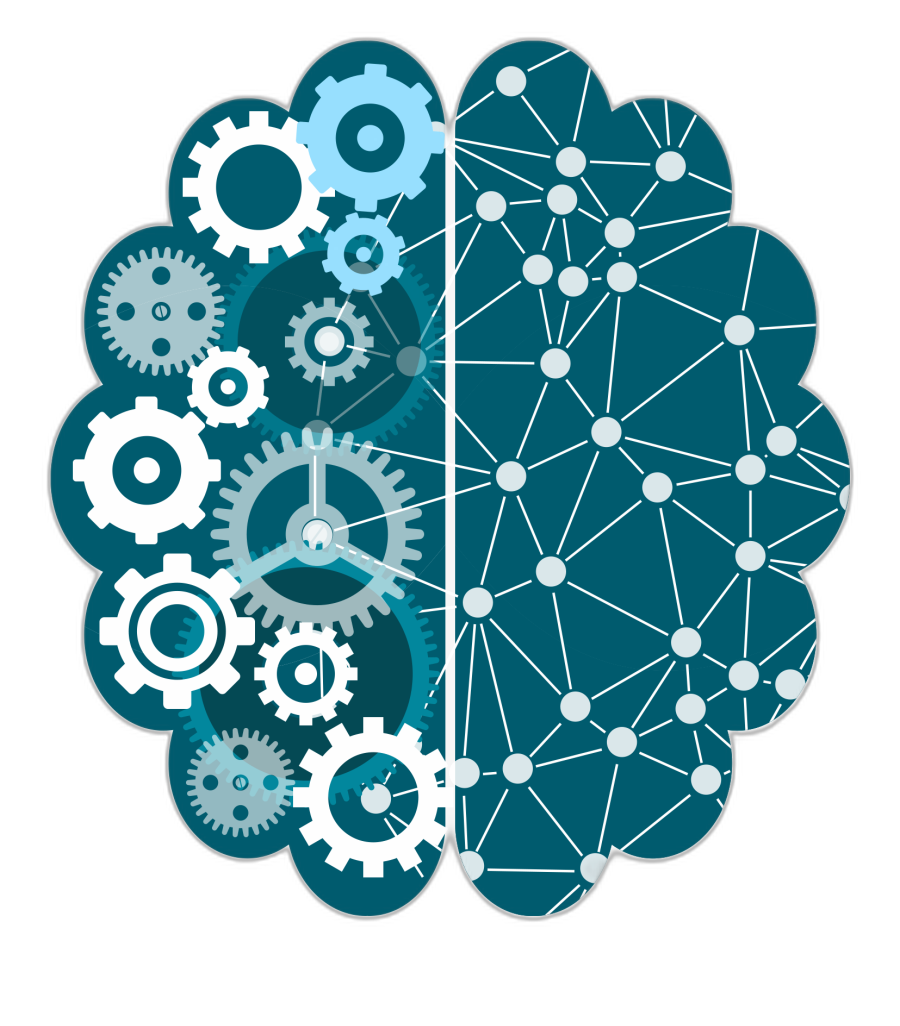
A pioneer in AI and cognitive science, Turing saw the brain as a digital computer and proposed the Turing test to judge machine intelligence. Recent advancements like ChatGPT have renewed discussions on whether machines can truly think.
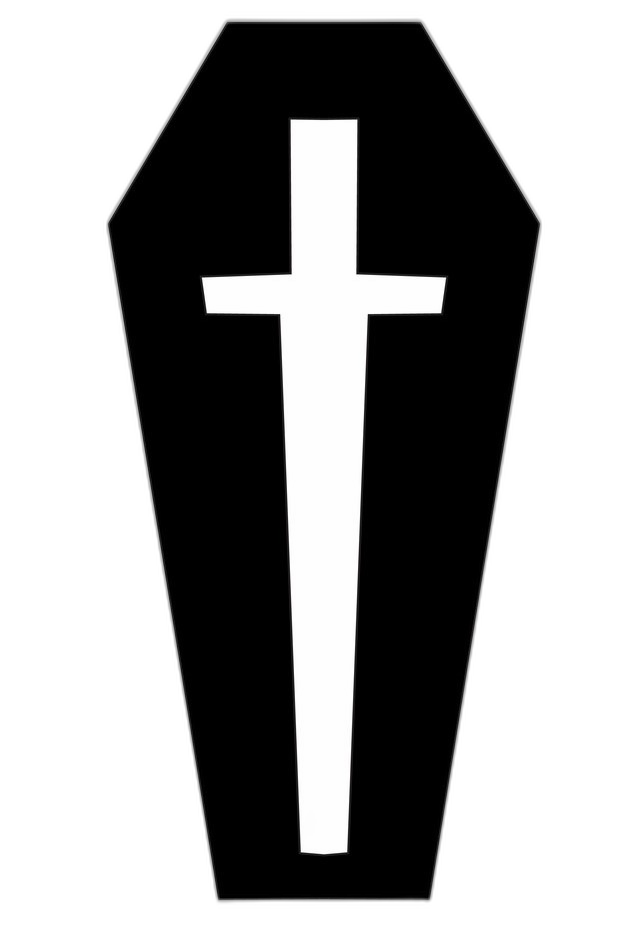
Turing's life took a tragic turn after his conviction for homosexuality in 1952. He continued his groundbreaking work in AI and life simulation but died under unexplained circumstances. Recognized for his unfair treatment, he received a posthumous apology and royal pardon in the 21st century.